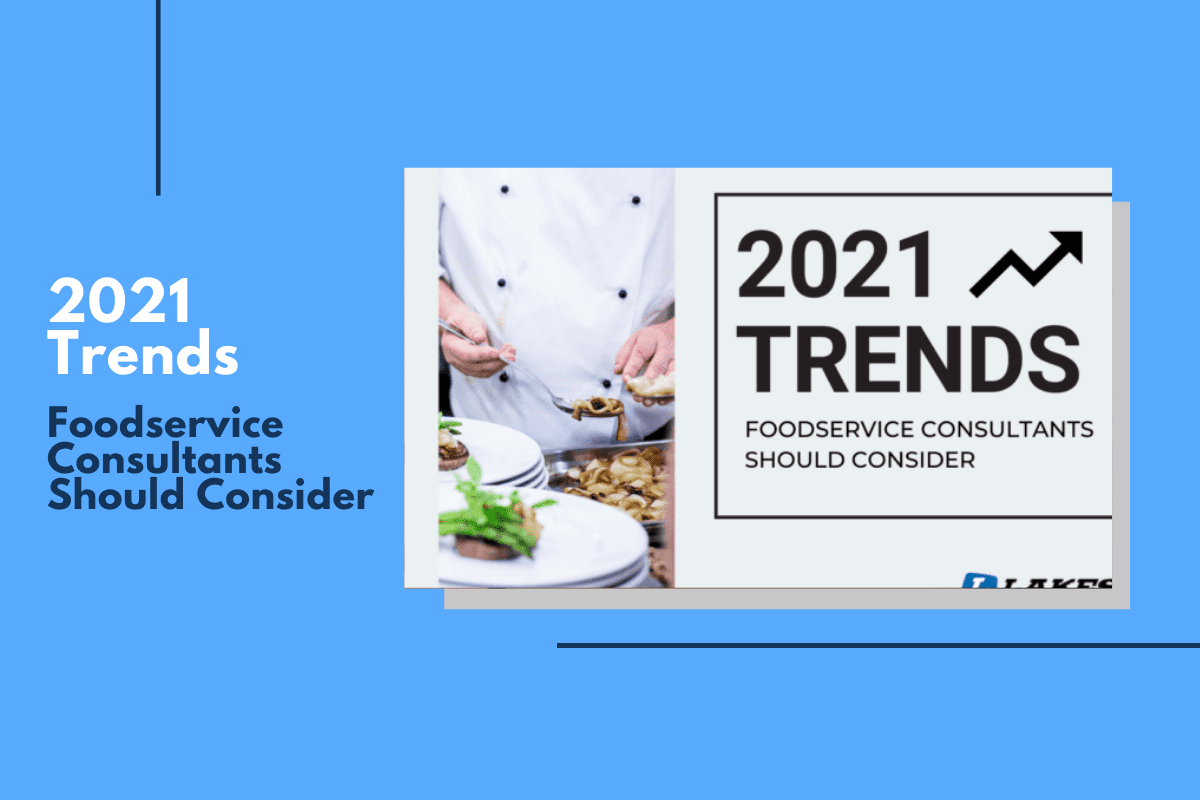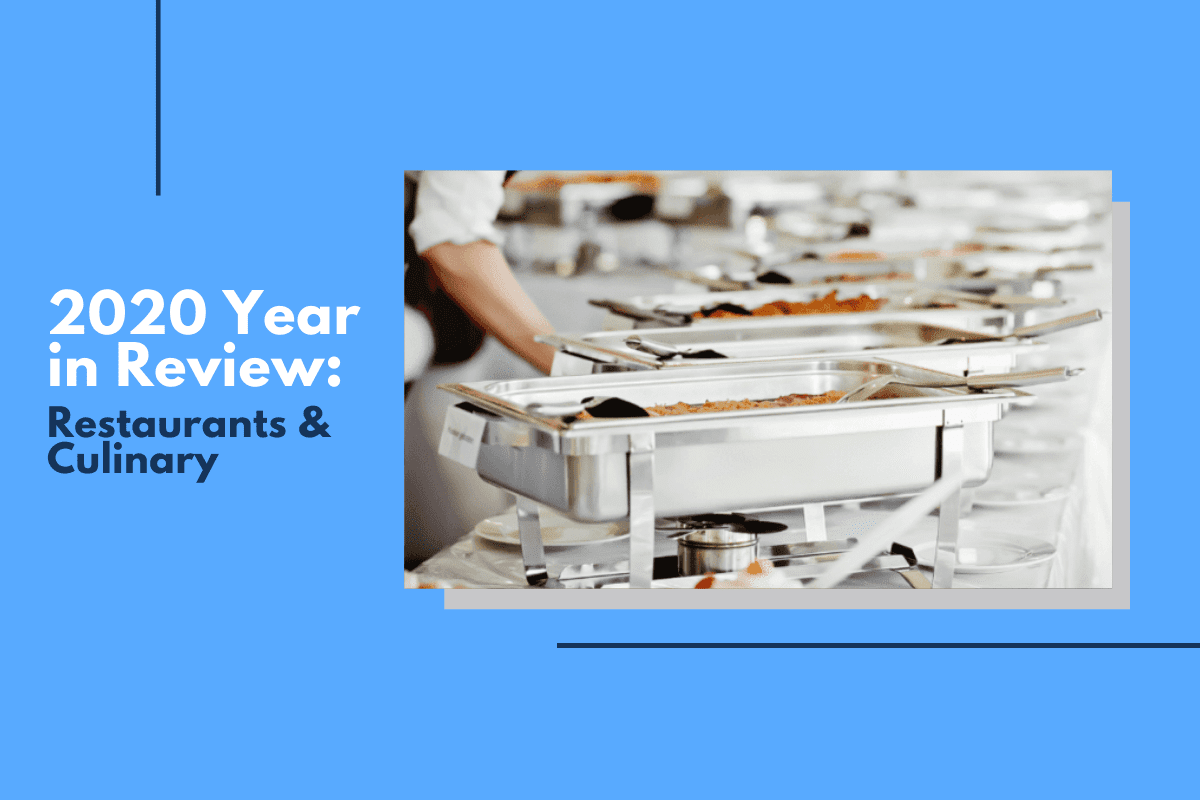
If there’s one thing we learned in the past year, it’s that our health is the most important thing we have. And as we know, one of the most important aspects to staying healthy is eating a healthy diet. Yes, food is important because it helps us stay healthy.
Eating a healthy well-balanced diet year-round is key in keeping your immune system healthy. Fresh fruits and vegetables give us many of the vitamins and minerals our body craves and prevents infections. While supplements can be useful, it’s better to get what you need from fresh or frozen foods and not a capsule. Hospitals and senior care communities across the country know this, and that’s why food is often viewed as medicine — food has the power to heal.
With cold and flu season in full swing, now is the time to do everything necessary to keep our bodies healthy and free from disease. Especially in the age of COVID-19, bodies need these six beneficial vitamins and ingredients:
Vitamin C
Your mother probably told you to drink your orange juice because it was packed with vitamin C, and you should always listen to mom. The simple reason it’s so important is that it may increase white blood cell production, which helps to fight viruses, bacteria, and infections.
Foods packed with vitamin C include:
- Grapefruit
- Oranges
- Tangerines
- Red bell peppers
- Broccoli
Not only do these foods help boost immunity, but they’re also great for maintaining skin and eye health.
Vitamin E
Not always thought of as the most common vitamin when boosting immunity, but vitamin E is a powerhouse. Packed with antioxidants, which help protect cells against free radicals, vitamin E is important for eye, blood, and brain health.
Foods full of vitamin E include:
- Almonds
- Peanuts
- Seeds
- Avocado
- Spinach
- Canola oil
- Olive oil
Vitamin A
Vitamin A is super important in that it is anti-inflammatory and may help antibodies respond to toxins in the body. It’s also fat-soluble, which means it’s best to include healthy fats with it to aid in absorption.
Important for vision and cell division and reproduction, here are some common foods packed with vitamin A.
- Carrots
- Sweet potatoes
- Pumpkin
- Butternut squash
- Spinach
- Dairy products
- Cantaloupe
- Dark leafy greens
Iron
Iron helps support immune health. It is a key nutrient in helping develop white blood cells and mobilizing their response. Iron is also crucial to blood health and reproductive health.
Need more iron in your diet? Try these foods.
- Chicken
- Red meat
- Turkey
- Oysters
- Clams
- Canned tuna
Zinc
In order to produce new immune system cells, zinc must be present. Unfortunately for us, zinc is a mineral our body doesn’t produce, so we need to get it elsewhere. It’s typically found in shellfish (oysters, crab, lobster), but eating yogurt or chickpeas will also do the trick.
The thing about zinc is that you need it for healthy immune function, but getting too much of it can have the opposite effect and impair immunity.
Garlic
Garlic isn’t used to just season food or give you stinky breath, but it contains a myriad of compounds to support immune system health. It has been shown to reduce stress hormones and increase the production of T-cells. This superstar may also lower blood pressure and cholesterol according to recent clinical trials. Used throughout the ages to treat colds and infections, soldiers even used it in World War II to prevent gangrene.










